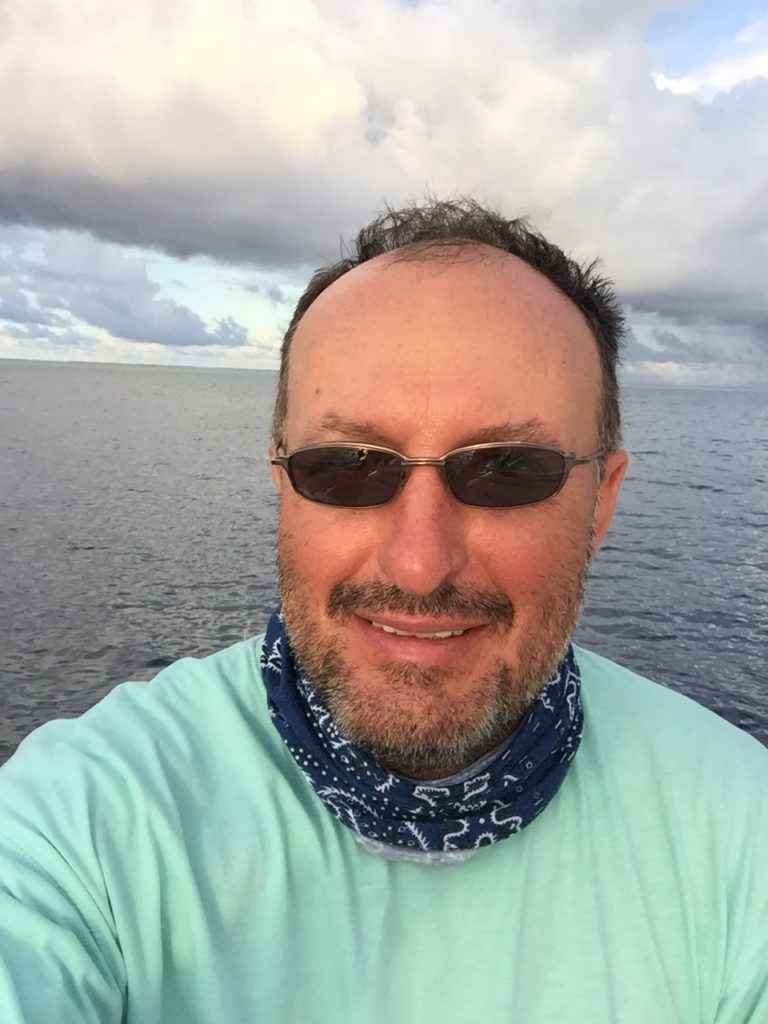

Nature has presented us with a very powerful “instrument” that we are yet to explore and put to use. This instrument is the Solar Gravitational Lens (SGL), which results from the ability of the gravitational field of the Sun to focus light from faint, distant targets. In the near future, a modest telescope with a coronagraph could operate in the focal region of the SGL and, using enormous amplification of the Lens, it could yield multipixel images of exoplanets. A meter-class telescope operating at the focal region of the SGL could yield ~(450×450)-pixel images of an “Earth 2.0” at distances up to 100 light years with spatial resolution high enough to see its surface features and to determine and study the signs of habitability. We discuss the imaging properties of the SGL and introduce a mission concept to the SGL focal region that could provide us with direct, high-resolution images and spectroscopy of a potentially habitable Earth-like exoplanet. We address aspects of mission design and spacecraft requirements, as well as capabilities needed to fly this mission in the next two decades. We rely on solar sailing propulsion which, when combined with rideshare to high Earth orbit and the use of smallsat architecture components, is the key technology that may allow us to reach high solar system transit velocities at a dramatic reduction in mission costs and lead time. With the currently available sail materials, components, and instruments we can fly practical missions with speeds of up to 7 AU/year – twice that of the current speed record holder – Voyager 1. With the sail materials that are being developed, smallsat velocities up to 20-25 AU/year will be reachable in 5-7 years. Benefiting from this progress, the “Sundiver” concept is new and exciting; it offers breakthrough capabilities for which the science community has been waiting for decades. We discuss the Sundiver sailcraft, enabling technology, instruments and unique science opportunities offered by small sailcraft placed on fast interplanetary trajectories – ultimately reaching the SGL’s focal region.
For background, please check: https://www.youtube.com/watch?v=NQFqDKRAROI and https://arxiv.org/abs/2303.14917

Slava G. Turyshev is an astrophysicist at the NASA Jet Propulsion Laboratory (JPL), California Institute of Technology and a professor at the Physics and Astronomy Department of the University of California, Los Angeles (UCLA). Dr. Turyshev earned his M.S. in physics (with honors) and a PhD in quantum field theory from the Lomonosov Moscow State University, Russia in 1987 and 1990, correspondingly. In 2008, he earned the Doctor of Science degree (Habilitation) in astrophysics from the same university. His primary research areas include gravitational and fundamental physics in space, research in relativistic astrophysics, astronomy, and planetary science. He is an expert in high-precision spacecraft navigation, solar system dynamics, satellite and lunar laser ranging, astrometry, and related technology efforts. Dr. Turyshev served as the NASA Project Scientist on the CNES/ESA Microscope mission (2016-2020); JPL Project Scientist for the Advanced Lunar Laser Ranging Facility at the Table Mountain Observatory, CA (2015-ongoing); Principal Investigator on the investigation of the Pioneer Anomaly (2003-2012). Recently, he was the Principal Investigator on the 2020 NIAC Phase III effort on the mission concept studies to use the solar gravitation lens (SGL) for multipixel imaging and spectroscopy of exoplanets (2017-2022). He has published over 220 papers, 2 books. Dr. Turyshev is a member of the International Academy of Astronautics.